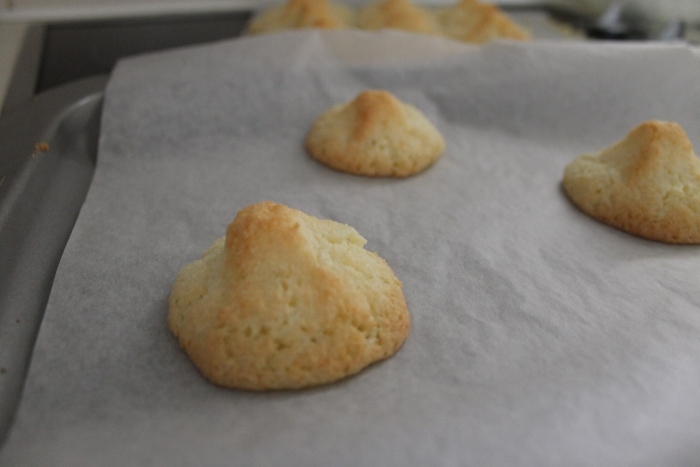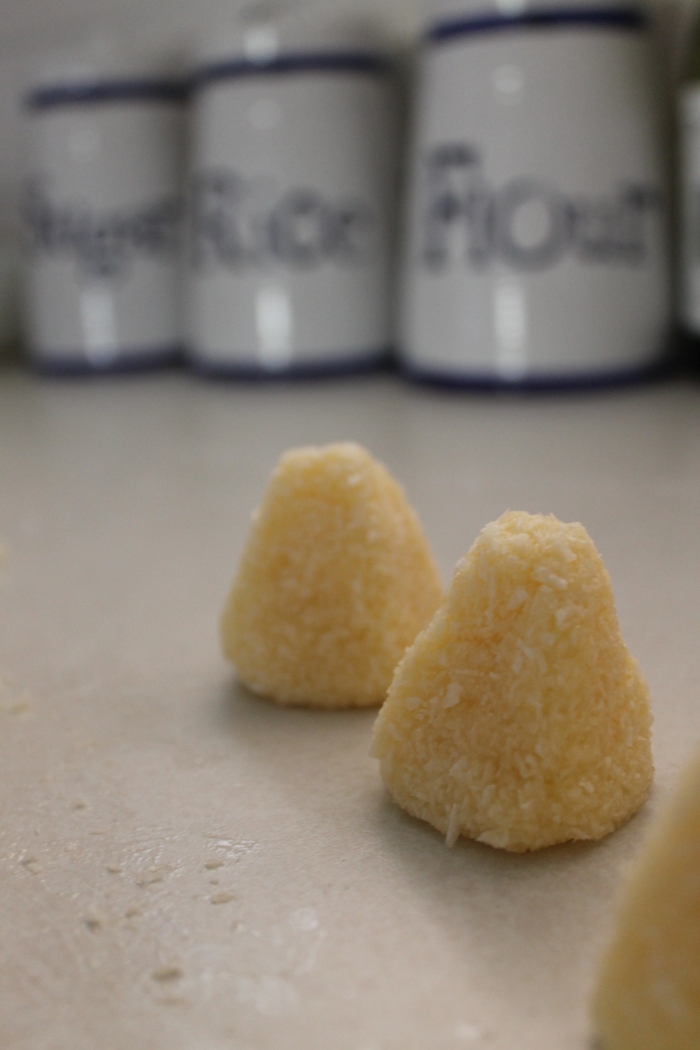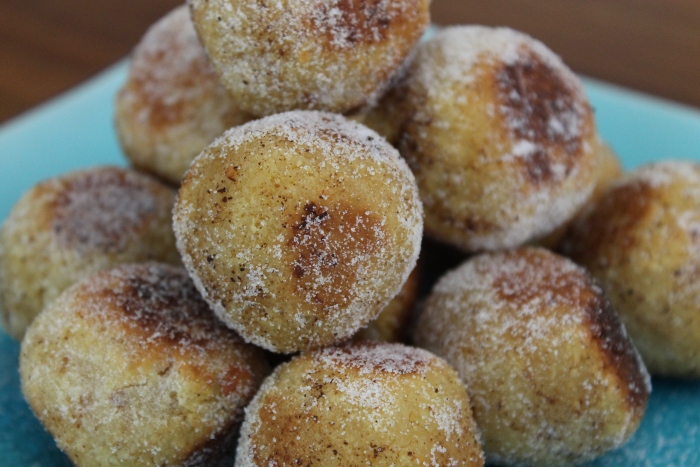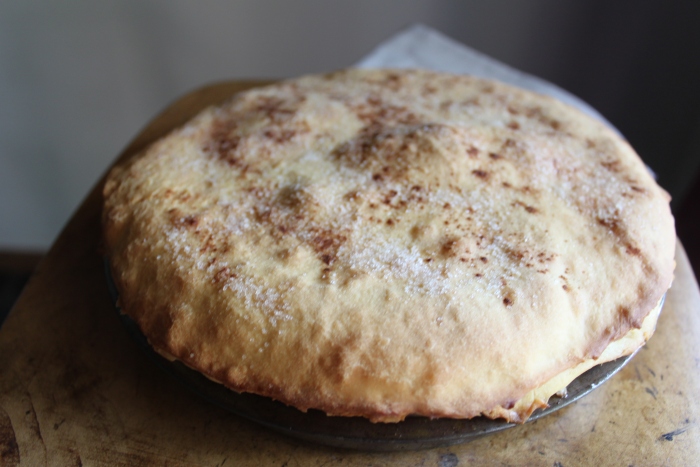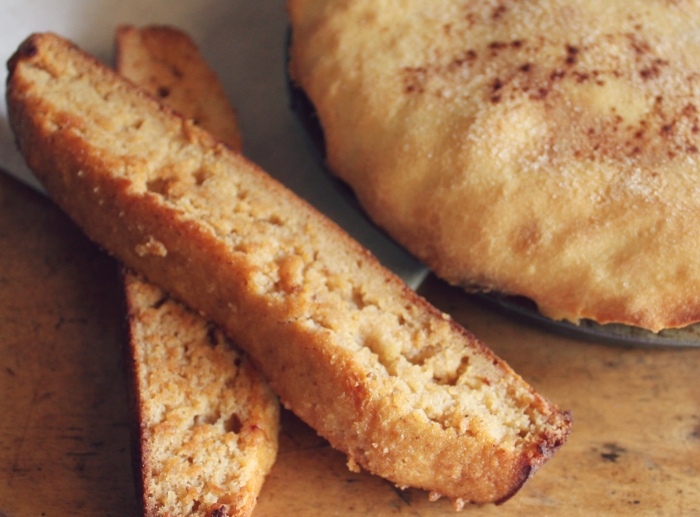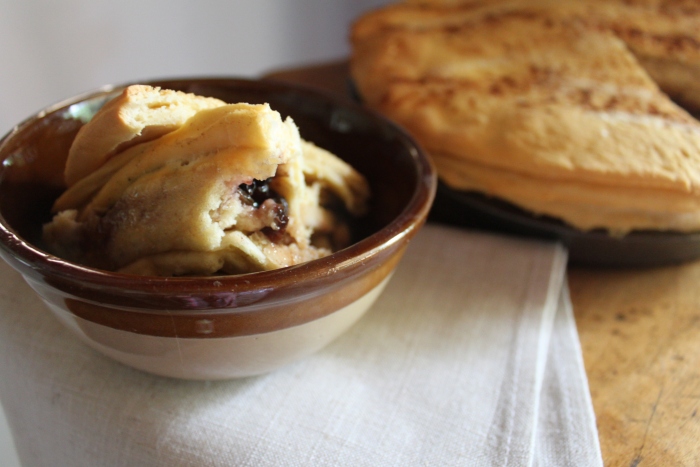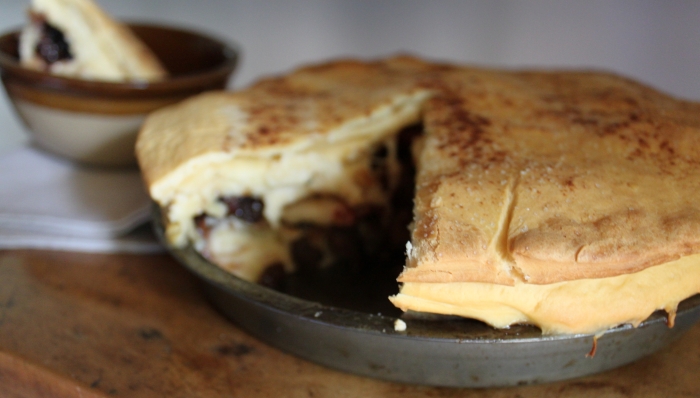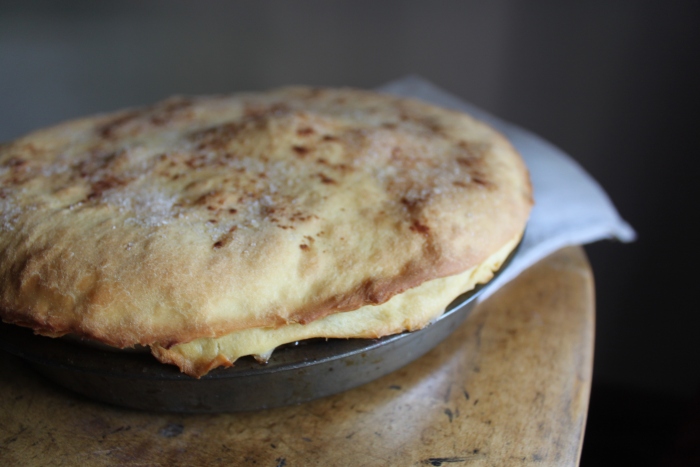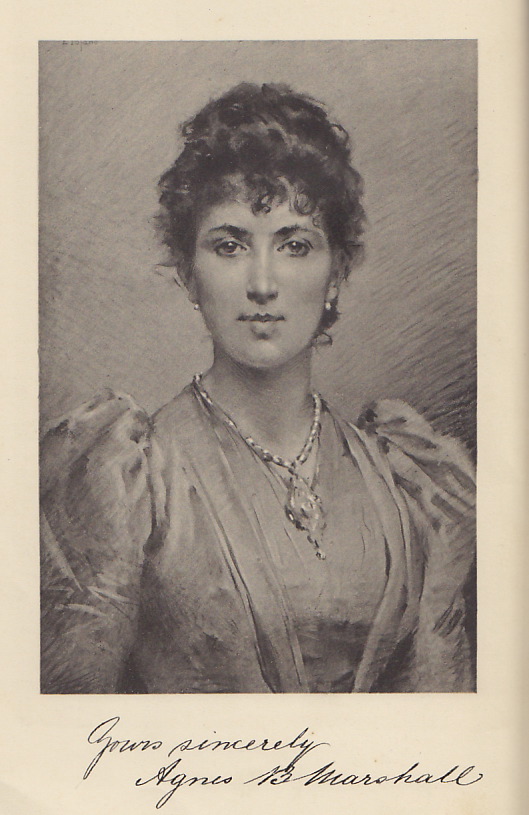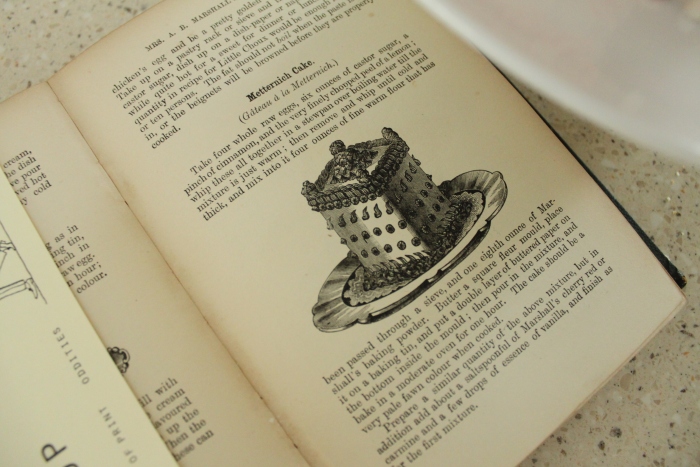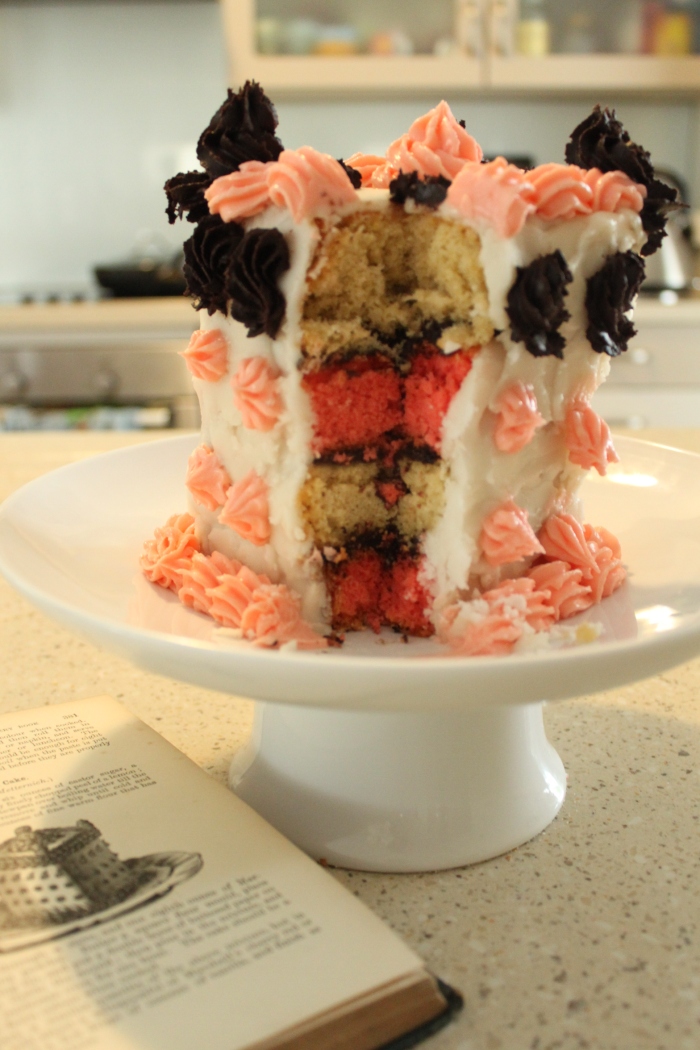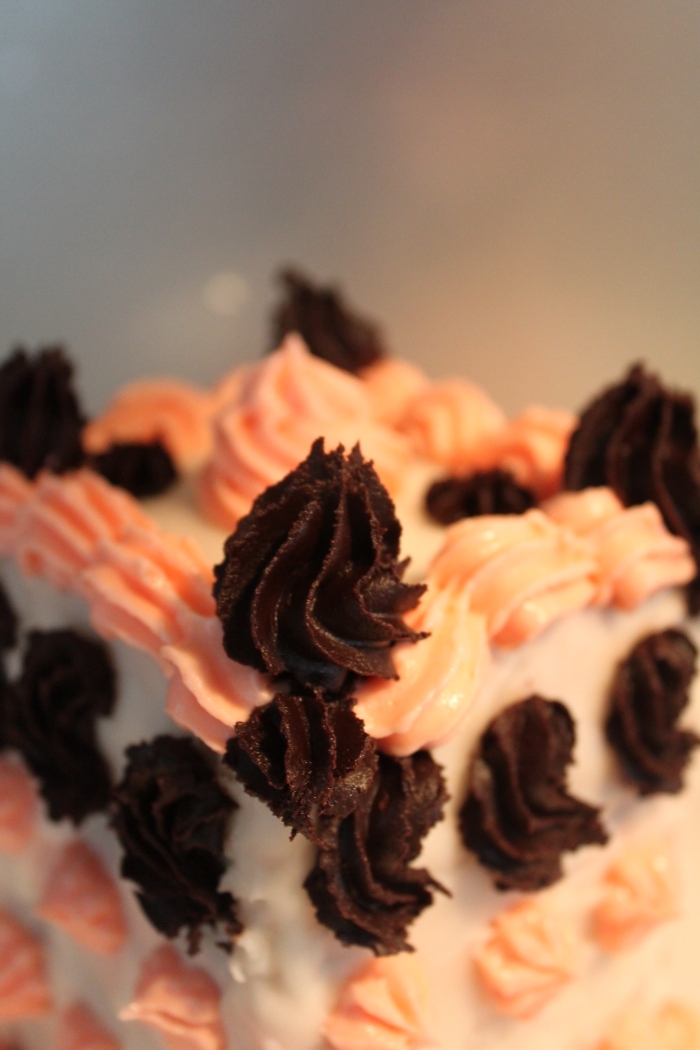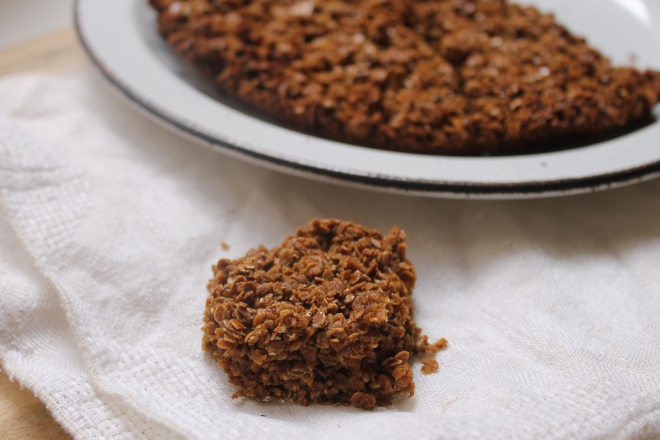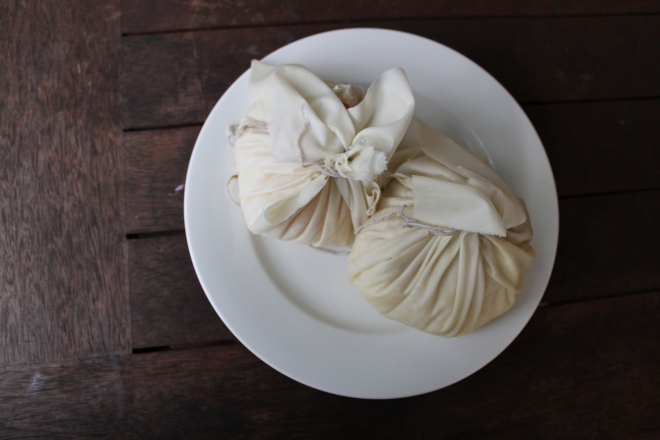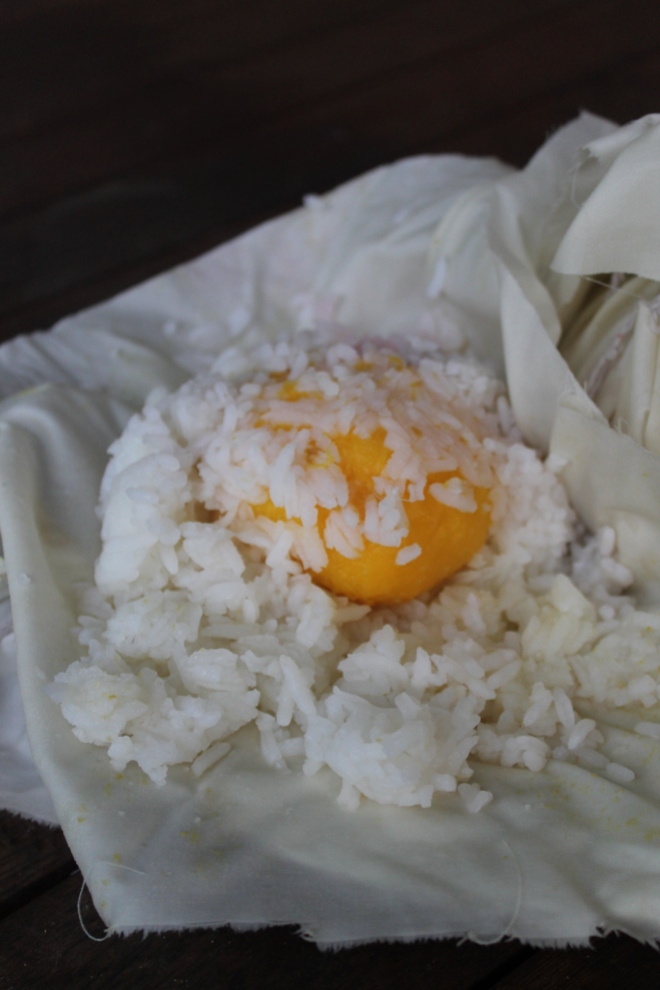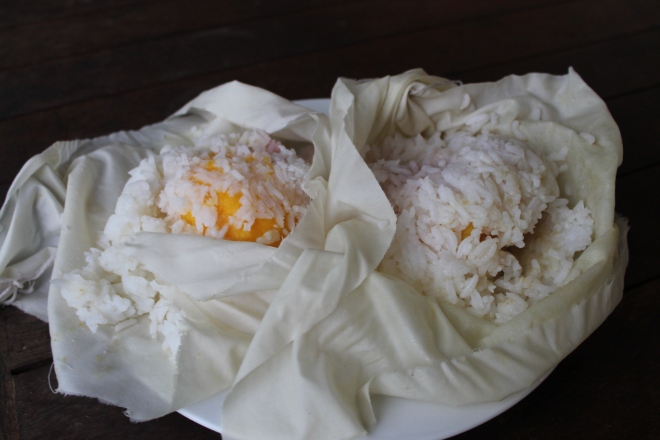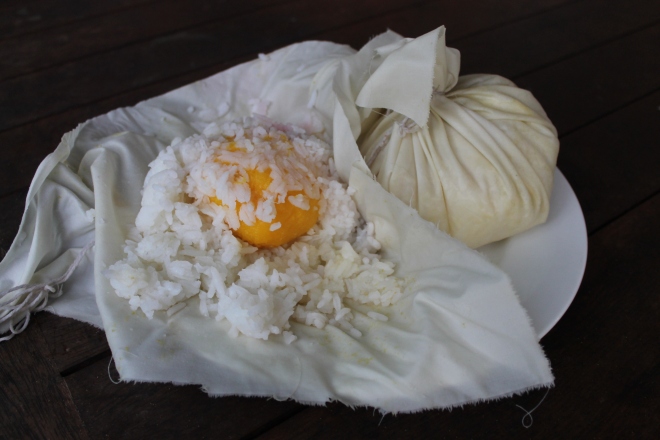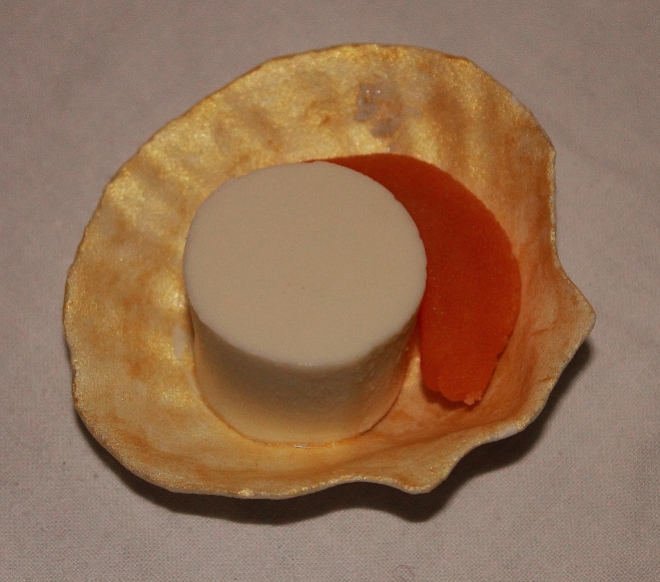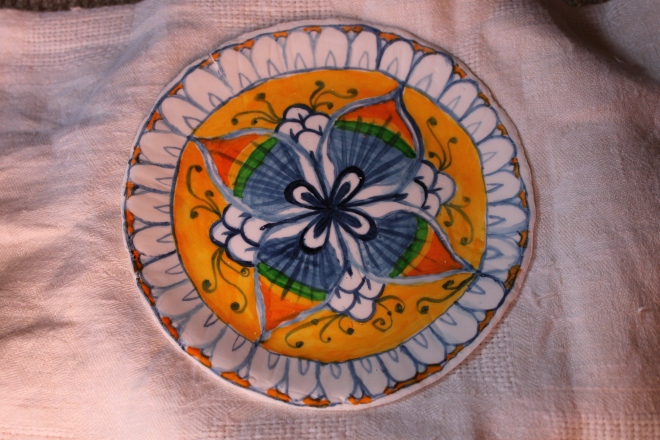 It’s quite amazing, how regularly historical recipes will prove you wrong. So often I think that a recipe will just never work, and it’s so tempting to “fix” it by using modern techniques. Once again, however, this 17th century recipe for a Christmas plum tart shows what great results you can get by following the instructions as they are.
It’s quite amazing, how regularly historical recipes will prove you wrong. So often I think that a recipe will just never work, and it’s so tempting to “fix” it by using modern techniques. Once again, however, this 17th century recipe for a Christmas plum tart shows what great results you can get by following the instructions as they are.
This recipe comes from Folger MS v.a.21, fol.146 and was posted on the Shakespeare’s World blog. If you aren’t aware of Shakespeare’s World, you should definitely check it out. It’s a crowd-sourced project which lets you help transcribe recipes and letters from the 16th and 17th centuries. I think it’s a wonderful example of the digital humanities in action, and that they’ve had so much interest is really great news for future projects. My one beef is that the transcribed pages are not yet available to the public (although this is apparently in the works).
But back to the tart. Folger MS V.a.21 is an anonymous receipt book dated to about 1675, containing both medical and cooking recipes as was common in the 17th century.[1] Although the recipe is called ‘A receipte for damsons to bake at Christmastide or anie other plum’ it’s actually a recipe for preserving damsons or other types of plums, and then rough directions are appended for turning the preserves into a tart. The preserves would be lovely in any number of sweets. Don’t throw out the syrup either! It’s great for making mocktails with some soda water, or add some gin or vodka for a refreshing cocktail.
The Recipe

Plum Tart Recipe from Folger MS V.a.21, fol. 146. Licensed by Folger Shakespeare Library under CC BY-SA 4.0.
Take 3 pound of damsons & a lb of sugar a pint of water put that sugar & that water into a preserving skillett when it boyleth skimm it cleane Let it a cooling then slit the skin of the damsons put them into the Sirrop let them stand on the fire a stewing 2 howres together then take them vp & let them stand by till the next day then doe as before 2 howres till the last of [quarter of] an howre then let it boyle & when they are cold put them vp into gully pottes for that use this will keep till Christmastide masse when you use them to put them into the Tart made as thin as you can raise it because it must not be much baked put more Sugar into them when you bake them.[2]
I was quite surprised that the plums were put into the syrup whole and with their stones still in. It was tempting to remove the pits, but it’s actually much more efficient to just slit the skins and let them boil. After a while, the plums naturally break into halves and the pits can be cleanly lifted out. This method means that there is very little wastage of the fruit. If you were cooking with the smaller, more fiddly damsons then it would make even more sense.

The instructions about how to make the tart are very brief, so I used the recipe for ‘Short and Crisp Crust for Tarts and Pyes’ from The Closet of Sir Kenelm Digby which is a basic hot water pastry.
SHORT AND CRISP CRUST FOR TARTS AND PYES
To half a peck of fine flower, take a pound and half of Butter, in this manner. Put your Butter with at least three quarts of cold water (it imports not how much or how little the water is) into a little kettle to melt, and boil gently: as soon as it is melted, scum off the Butter with a ladle, pouring it by ladlefuls (one a little after another, as you knead it with the flower) to some of the flower (which you take not all at once, that you may the better discern, how much Liquor is needful) and work it very well into Paste. When all your butter is kneaded, with as much of the flower, as serves to make paste of a fitting consistence, take of the water that the Butter was melted in, so much as to make the rest of the flower into Paste of due consistence; then joyn it to the Paste made with Butter, and work them both very well together, of this make your covers and coffins thin. If you are to make more paste for more Tarts or Pyes, the water that hath already served, will serve again better then fresh.[3]
It wasn’t clear to me if the tart was supposed to be self-supporting, or if it would have been in a tin. With hot water pastry you could probably make it self-supporting, but because I wanted the pastry to be as thin as possible that was going to be difficult. Robert May often refers to pies or tarts being cooked in patty-pans or dishes in The Accomplisht Cook (1671), so it seemed reasonable to use a pie tin.

Design for the lid of a dish of pippins from The Accomplisht Cook by Robert May (1671) [Public Domain].
[1] Anonymous, “Pharmaceutical and Cookery Recipes.”
[2] Tobey, “A Christmas Damson Plum Tart Recipe.”
[3] Macdonell, The Closet of Sir Kenelm Digby Knight Opened, 216.
[4] May, The Accomplisht Cook, Or, The Art and Mystery of Cookery., 243–244.
The Redaction
Christmas Plum Tart
For the plums:
900g Plums
300g Sugar
315ml Water
For the Pastry:
70g butter
300ml cold water
290g plain flour
Eggwash or milk
To make the preserves
- Place the sugar and water into a large saucepan and heat bring to the boil.
- Use the tip of a sharp knife to slit the skin of each plum vertically around the circumference, following the dent in the plum. Place the plums in the syrup, reduce the heat and simmer for two hours. Allow the plums to cool, move them into a bowl with the syrup and place the bowl in the refrigerator overnight.
- The next day, return the plums to the saucepan and simmer for an hour and 45 minutes. Turn the heat up and boil for a final 15 minutes. Sterilise a jar and fill the warm jar with the hot plums.
To make the tart
- Preheat the oven to 170˚C. Place the butter and the water into a saucepan over medium heat, until the butter is melted.
- Place the flour into a bowl and spoon in the melted butter from the top of the saucepan. Add enough of the water from beneath the butter to make a pliable pastry.
- On a floured board, roll out the pastry while still warm. Lightly grease a 24cm tart tin, and line it with pastry. Roll out the excess again, and cut a circle for the lid. Decorate the lid as desired with a sharp knife or biscuit cutters.
- Fill the tart base with the preserved plums. Lay the lid on top and brush the pastry with eggwash or milk. Bake for 40 minutes or until lightly browned. Serve warm or cold.

The Round-Up
The Recipe: A reciept for damsons to bake at Christmastide or anie other type of plum from Folger MS.V.a 21 Pharmaceutical and Cookery Recipes (original images available on the Folger website, transcription available on the Shakespeare’s World blog)
The Date: c. 1675
How did you make it? See above.
Time to complete?: 4 hours boiling plums, plus an hour for the tart and overnight resting
How successful was it?: The filling is very sweet, and I was glad that I didn’t add any extra sugar to the tart. I was worried that the filling was too liquid but it ended up being fine and was delicious, particularly when served warm.
How accurate?: I didn’t use damsons and I didn’t add any extra sugar, it was already very sweet. I didn’t keep the preserves for very long, and I would be interested to see how they would last given that they aren’t sterilised in a hot water bath, as most modern preserves are. I’m not sure how accurate the use of the pie tin is, but it certainly worked well. It might be more accurate to use a shortcrust or puff pastry lid, and certainly the decoration was only roughly inspired by the May’s cookbook.
References
Anonymous. “Pharmaceutical and Cookery Recipes.” Manuscript, c 1675. MS V.a.21. Folger Shakespeare Library.
Macdonell, Anne, ed. The Closet of Sir Kenelm Digby Knight Opened. London: Philip Lee Warner, 1910.
May, Robert. The Accomplisht Cook, Or, The Art and Mystery of Cookery. London: printed by R.W. for Nath: Brooke, 1671.
Tobey, Elizabeth. “A Christmas Damson Plum Tart Recipe.” Shakespeare’s World, December 24, 2015. https://blog.shakespearesworld.org/2015/12/24/a-christmas-damson-plum-tart-recipe/.






